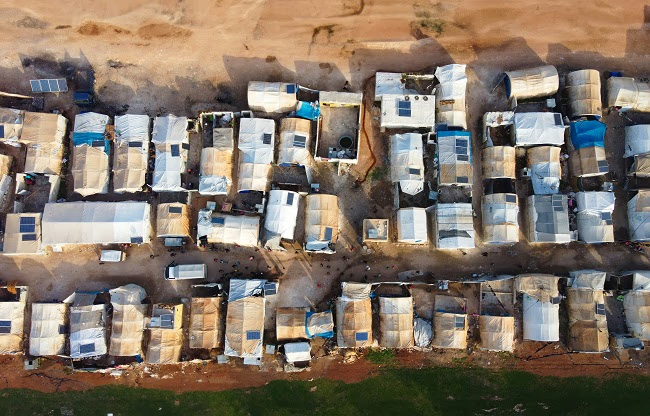The conflict between the Syrian army and rebels that raged for nearly two weeks has reached a turning point. With rebels capturing major cities, including the capital, President Bashar al-Assad has left the country, currently seeking refuge in Russia. Meanwhile, Syrians who fled to neighboring countries over the years are now returning home. This country has the largest number of refugees globally.
Why They Left Their Homeland
The civil war in Syria began in 2011, with rebels clashing against Assad's government. The opposition claimed they were fighting against inflation and corruption. Initially starting with street protests, known as the Arab Spring, militant factions supported by foreign powers soon joined in. As the situation deteriorated, Syrians began to be internally displaced at first. As insecurity grew, they sought refuge in neighboring countries and eventually moved to Europe and America. The prolonged conflict left refugees hopeless of returning home, but with the fall of Assad's government, they are finding their way back.
Countries That Provided Refuge
According to the United Nations High Commissioner for Refugees, more than 7 million citizens are displaced within Syria, while an equal number have sought asylum abroad. Among them, Turkey hosts the highest number, approximately 3.5 million Syrian refugees. It is followed by Lebanon, Jordan, Germany, and Iraq. Despite attempts to mediate in Syria, Middle Eastern countries couldn't significantly reduce the refugee population. Now, the return from neighboring countries is underway.

Source: aajtak
Why Are They Returning Now?
In most countries, refugees have no formal entry into the labor market, relegated to minor or third-party work. Despite their qualifications, they are kept away from government or significant roles. In places like Lebanon, which is otherwise a supporter of Syria, refugees have to keep away from the workforce to renew their refugee status—a condition strictly enforced, as reported by The Guardian.
Drop in Aid and Support
Countries also lack resources to offer substantial aid to refugees, typically running relief programs through the United Nations. Syria has been receiving such help, but the decade-long crisis, compounded by the large refugee population, has dried up funding for UNHCR. A few years ago, the World Food Programme's inability to provide food to thousands of refugees was a wake-up call, leading to unrest in refugee camps and increased tensions between locals and refugees.
Medical provisions for Syrian refugees in most countries are insufficient. For example, many in Jordan don't have access to free healthcare, especially adults. Besides health services, there's limited scope for formal education for their children. Without international support, countries hosting these refugees imposed restrictions that made them want to leave. Consequently, with the fall of Assad's government, refugees, particularly those in neighboring countries, are prompted to return home.

Source: aajtak
Current Situation in Syria
Since the Arab Spring, Syria's economic condition has only deteriorated. In 2020, the average cost of food shot up by over 200 times. The World Food Programme acknowledged that about 12.5 million Syrians face food scarcity. After COVID and the Ukrainian conflict, prices have risen further. Given that basic amenities are also lacking for Syrian refugees in other countries, returning home is seen as a safer option.
Preparedness for Returnees
Currently, the rebel faction Hayat Tahrir al-Sham (HTS) controls the power. This group, historically linked to al-Qaeda, has a violent history supporting extremism. However, this time they appear to be adopting a moderate stance. Yet, in a country enduring long-standing political, economic, and social instability, managing the sudden return of millions of displaced individuals is challenging, and as of now, no concrete plan has been detailed in the media.




